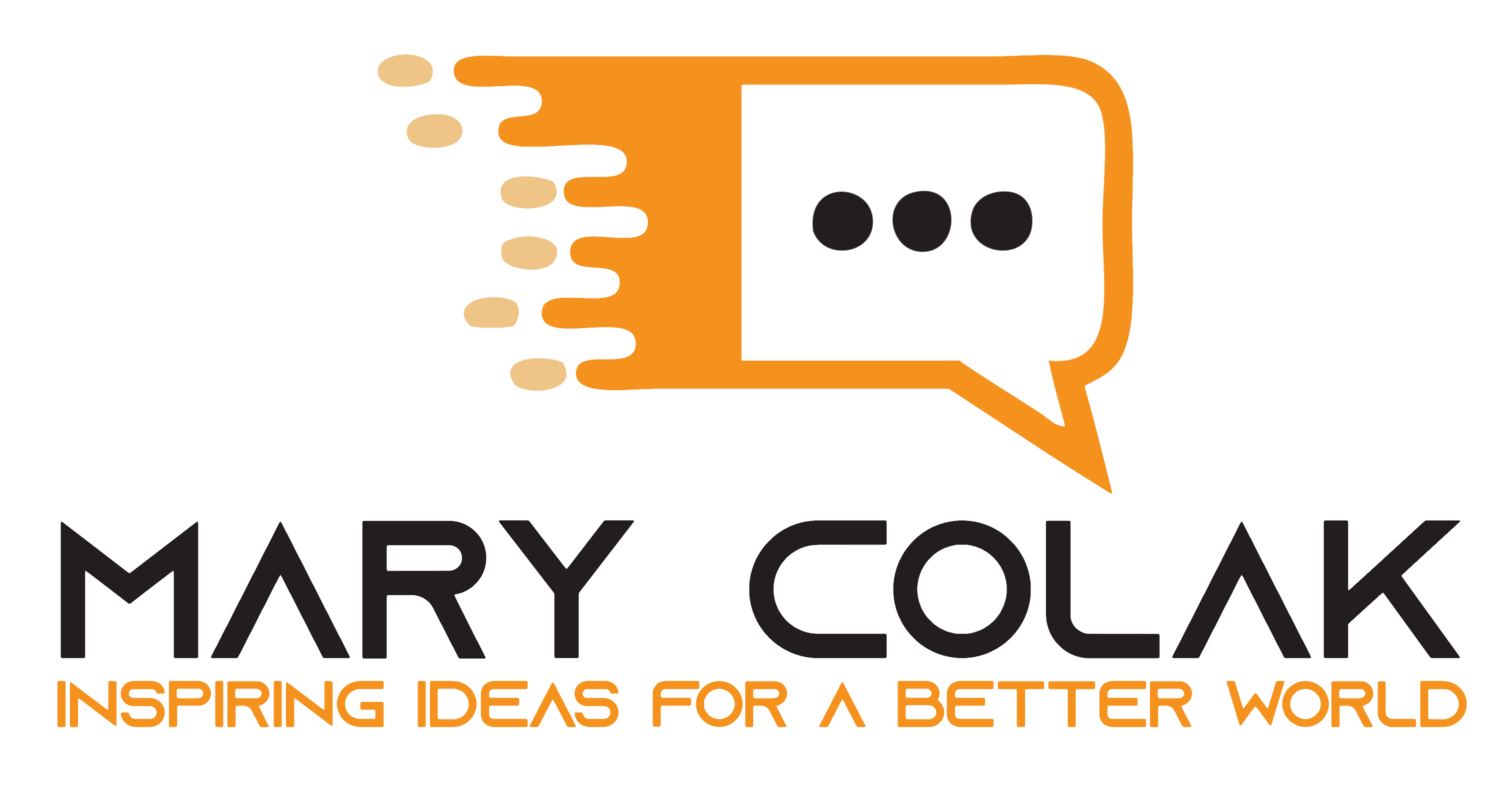newsletter archive.
(Previously published under the title Extreme Profits
under ISSN 1925-8941)
The brain in change management, downsizing teams
Change management is an over-discussed topic, so why am I discussing it here? There are two reasons.
First, people rarely get change right. Second, managers tend to lose sight of how technology is changing (ahem) change initiatives.
Conquering the challenge of change, seeing the opportunities in obstacles
Author and professional speaker, Catherine DeVrye, claims that the seven most expensive words in business are, "We have always done it that way." Her claim is not wrong. Doing the same things over and over - while expecting a different result each time - can mean death to business.
Creating effective teams, change initiatives
Working with teams can be the best of times or the worst of times! Fundamentally, teams change the way people on the team relate to each other, to the organization, and to management.
Quality as a factor of excellence, acceptance of change
Because it is subjective, quality is not easy to define. This is a problem for business because while the organization thinks it is producing quality goods and services, its customers may think differently.
Take internal business processes, for example. Quality processes have short lead and cycle times and zero defects/errors. They are near perfect. However, just because the organization thinks it has turned out perfection does not make it so.
Agent of change, dangers of kaizen blitzes
Even when the thing to be changed is an easy fix, change is a difficult process. This is because change interrupts the normal flow of work. It also takes time to see the benefits of change. Most people don't have the patience to wait for results.
But there is a way to realize rapid change: Engage staff in a Lean Kaizen event.
Phases of implementation, sustain and improve
When implementing improvement ideas, phasing the implementation prior to full-scale deployment helps reduce risk and ensures an effective implementation process.
Implementing a project the right way requires working through three phases: design, pilot, and implementation. Each phase builds on the previous one, ensuring that important elements are not missed in full-scale implementation.
Planning for action, change - not as alarming as it sounds
When an organization discovers its problem's root cause, it is faced with the task of discovering the best solution. And the best solution may not always be the most obvious one. This is where action planning can help.
Action planning involves many minds to generate the best possible way forward. And engaging minds from all levels of the organization-from the boiler room to the boardroom-usually provides the best overall ideas for solutions.
